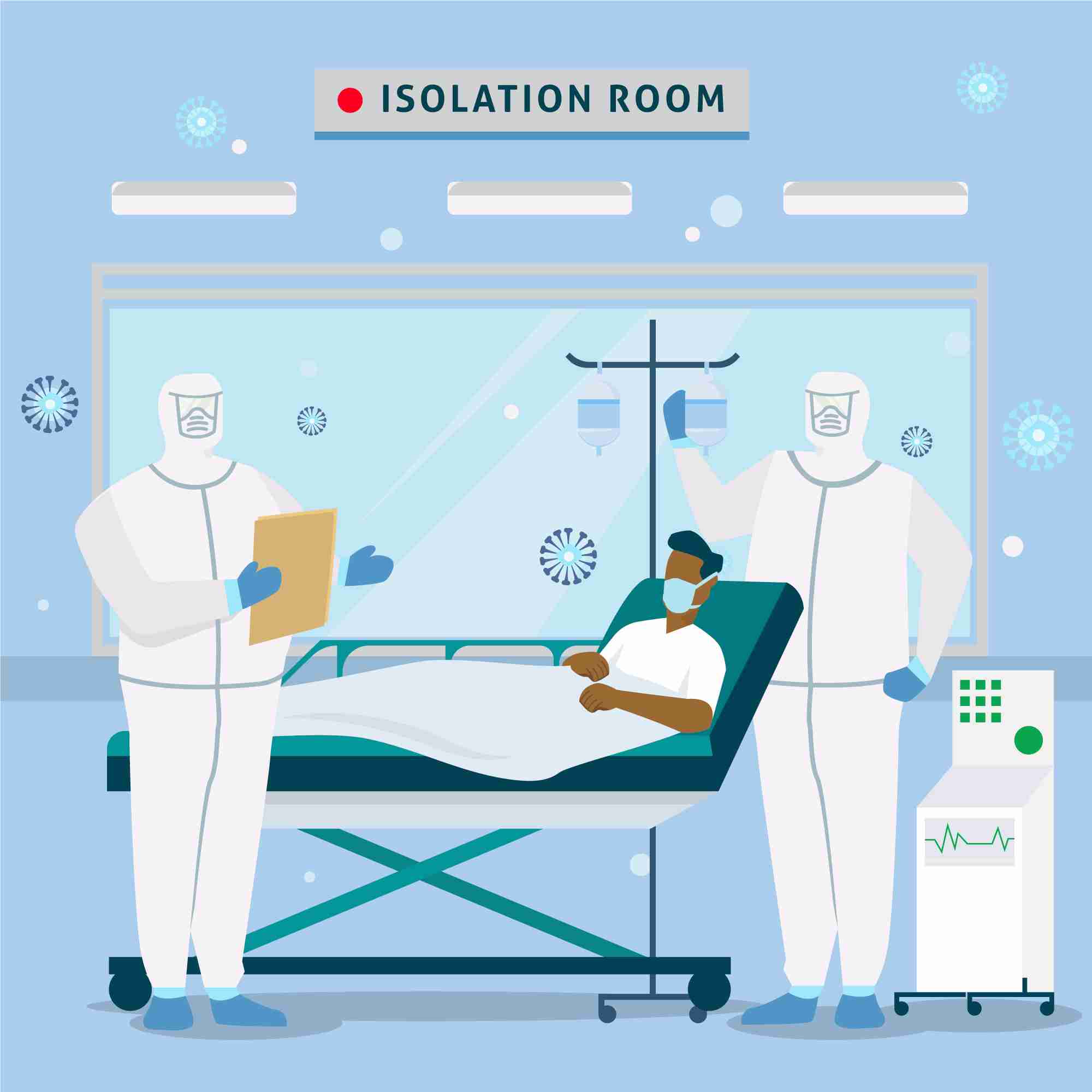Nipah virus is a zoonotic virus—meaning it spreads from animals to humans. It has become a recurring public health concern in parts of Asia, especially in Bangladesh and India. Carried primarily by fruit bats and sometimes transmitted via pigs, Nipah virus was first reported in 1999 and continues to cause outbreaks nearly every year.
The initial outbreak in Malaysia and Singapore led to over 100 deaths and significant economic damage. Over a million pigs were culled to control the spread. Since then, around 20 additional outbreaks have occurred, underscoring the ongoing risk.

The Nipah virus is a deadly zoonotic disease transmitted from animals to humans, requiring early detection, strict precautions, and immediate medical care.
Symptoms can range from mild to life-threatening. While some people remain asymptomatic, others develop severe respiratory or neurological illness.
Early Symptoms:
Advanced Symptoms:
Severe Cases May Lead To:

In severe cases, Nipah virus leads to coma and has a high mortality rate.
Nipah virus spreads through both animal-to-human and human-to-human contact.
Animal-to-Human Transmission:
Human-to-Human Transmission:

Close contact with infected individuals can lead to human-to-human transmission of Nipah virus.
Early symptoms often resemble other viral infections, making diagnosis challenging. However, timely testing is essential to control spread.
Common Diagnostic Tools:
Currently, there is no specific antiviral drug or vaccine available for Nipah virus. Treatment focuses on supportive care.
Supportive Management Includes:
Prevention relies on limiting exposure and maintaining hygiene. Here are essential safety tips:
If you experience high fever, confusion, or symptoms after exposure to bat habitats or during an outbreak, seek immediate medical care. Early diagnosis and supportive treatment improve chances of recovery.
Nipah virus is a serious health threat with high fatality and transmission potential. While there is no specific cure yet, awareness, early diagnosis, and preventive action are key to controlling its spread. Ongoing public health vigilance is essential to reduce the impact of future outbreaks.
Who is most at risk of Nipah virus?
Those living near bat colonies, consuming contaminated fruits or sap, or in close contact with infected individuals are at higher risk.
Which organs are affected by the virus?
Primarily the brain (causing encephalitis) and the lungs (leading to respiratory issues).
How long does the virus survive outside the body?
It can survive up to 3 days in fruit juices and up to 7 days in stored date palm sap.
What are long-term effects for survivors?
Survivors may experience lingering fatigue, cognitive issues, and complications from brain inflammation.
What is the incubation period for Nipah virus?
Typically 5–14 days, but in rare cases, it may extend up to 2 months.
We offer expert care across key specialties, including Medicine, Cardiology, Orthopaedics, ENT, Gynaecology, and more—delivering trusted treatment under one roof.
Prakash Hospital Pvt. Ltd. is a 100 bedded NABH NABL accredited multispecialty hospital along with a center of trauma and orthopedics. We are in the service of society since 2001.
OUR SPECIALITIES
Contact Us
D – 12A, 12B, Sector-33, G. B. Nagar, Noida, Uttar Pradesh 201301
+91-8826000033

© 2025 All rights reserved.
Designed and Developed by Zarle Infotech